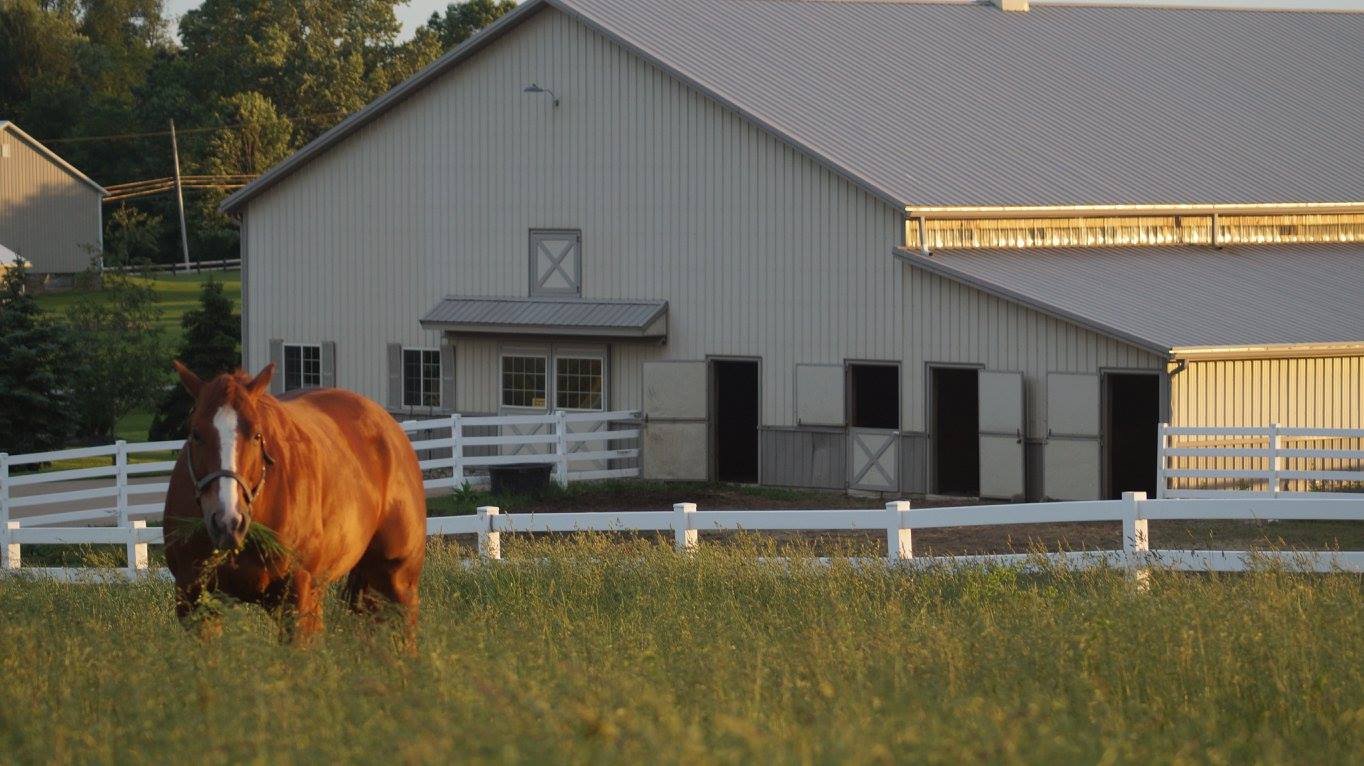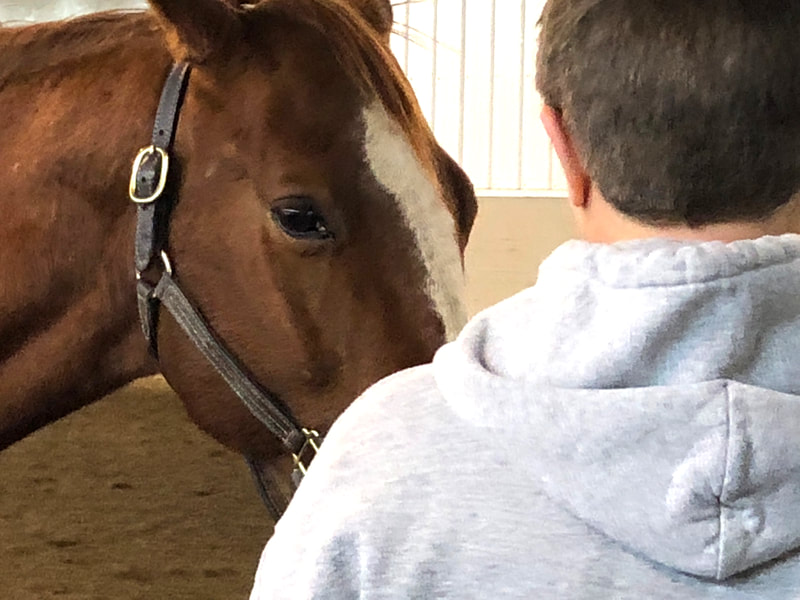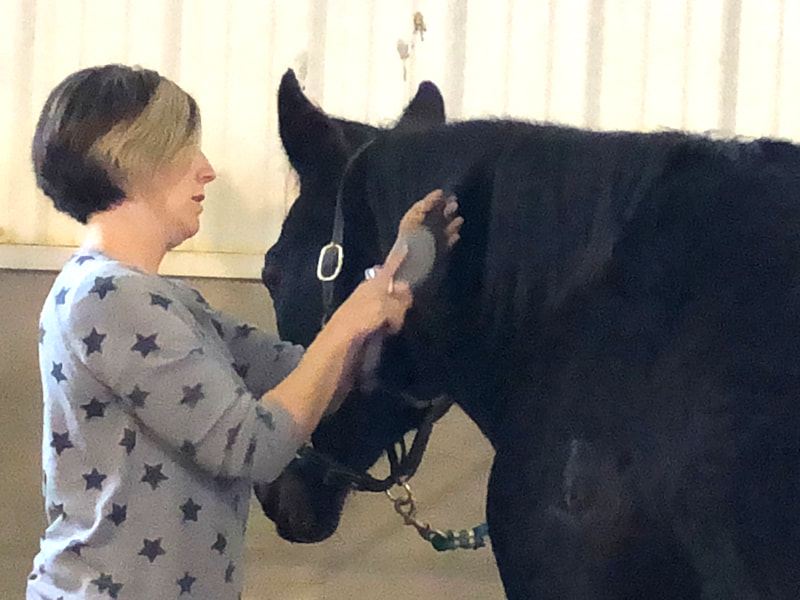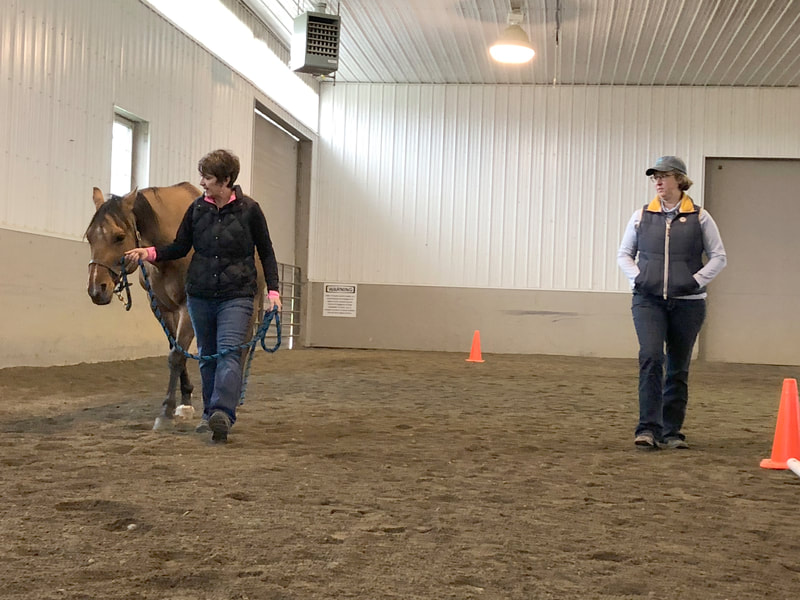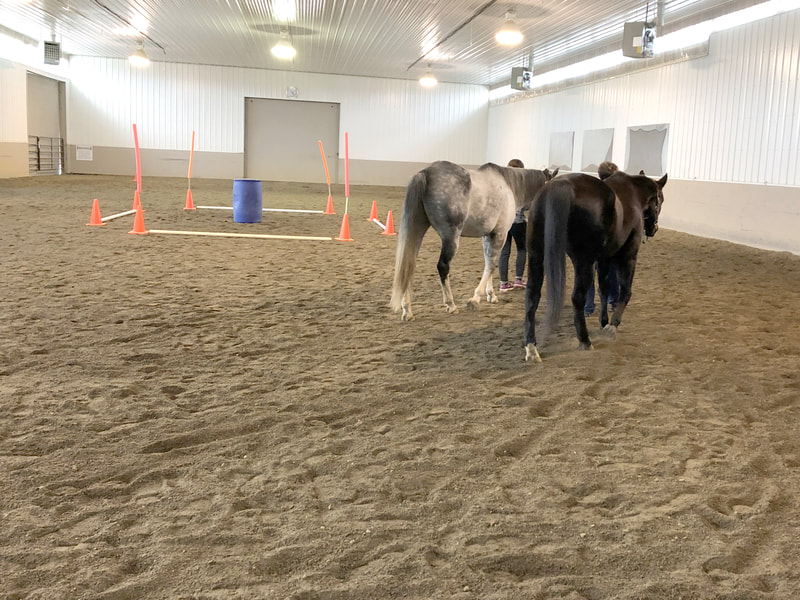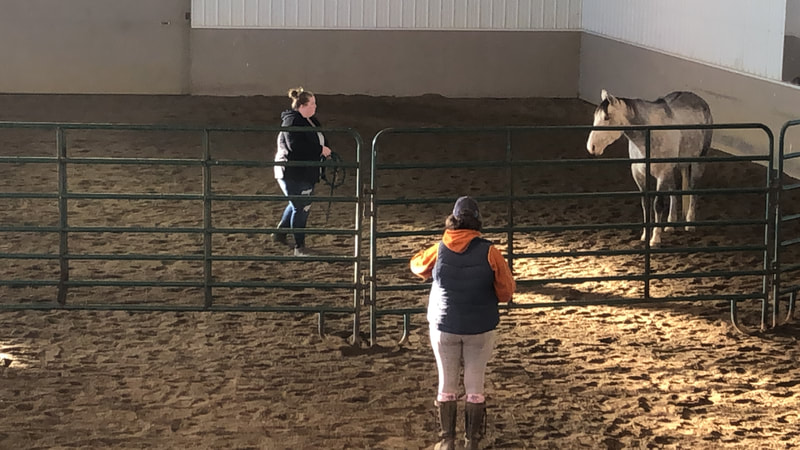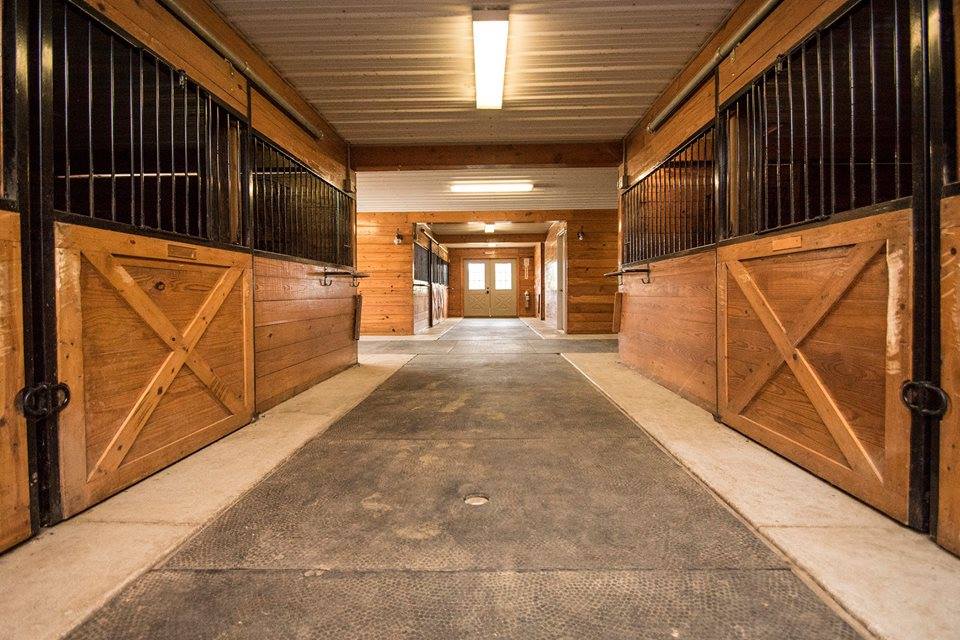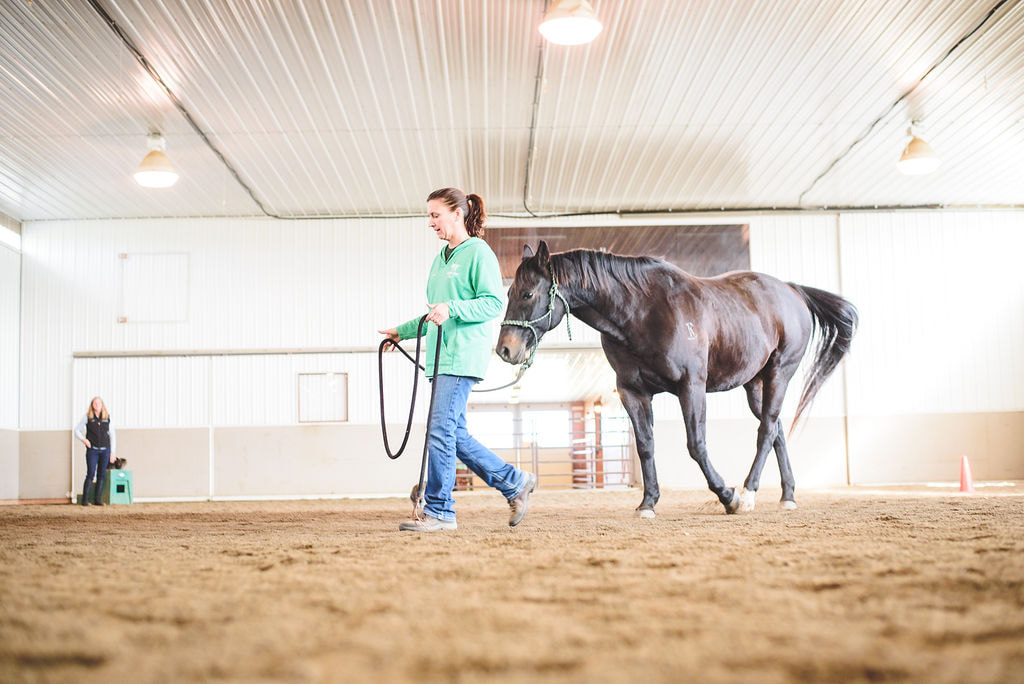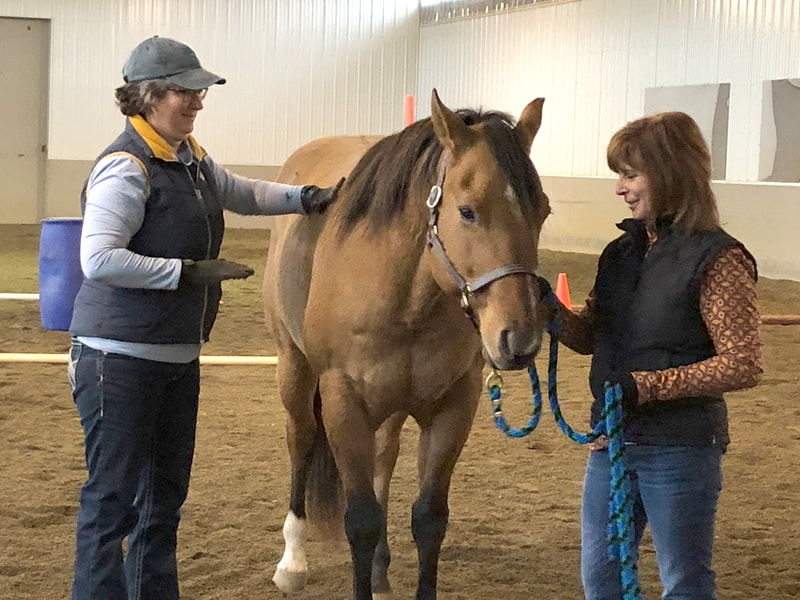Why Horses?
We include Equine Assisted Learning in our programming because we first understood Congruence by working with horses ourselves. Horses are intuitive animals naturally wired for team (or herd) life. They “read” Congruence in another person and offer nonjudgmental feedback about the areas of our leadership that need attention. Clients tend to learn faster in this innovate, experiential environment than in more traditional, corporate settings.
Plus... being in a barn and arena is way more fun that showing up in one more corporate conference room.
Equine sessions will equip you and your team with innovative practices for effective and efficient communication. Teams get an opportunity to explore the intuitive, often invisible ways team members affect each other for the good and how that goodness can be leveraged to solve problems together.
We offer equine experiences in both Coaching and Workshop settings.
Plus... being in a barn and arena is way more fun that showing up in one more corporate conference room.
Equine sessions will equip you and your team with innovative practices for effective and efficient communication. Teams get an opportunity to explore the intuitive, often invisible ways team members affect each other for the good and how that goodness can be leveraged to solve problems together.
We offer equine experiences in both Coaching and Workshop settings.
What an Equine Session Looks Like
How Horses Teach Congruence
Congruence is when your actions are consistent with your inner state and your core values. It involves developing authenticity and emotional honesty.
Horses experience incongruence when a person gives instructions to do a task while having a conflicting thought like, “I bet this won’t work.” You may have recognized incongruence in a person who smiles with their mouth but not with their eyes or in a boss who says, “I feel your pain” while quickly slashing your budget. When someone says they value authenticity, they’re also saying they want Congruence, outer choices that match internal realities.
Our equine sessions are all groundwork (no horseback riding) and include a wide range of activities like: grooming, working with the horse both on and off lead, line driving, and working through obstacle courses with your horse. All of these activities are designed to help you develop these following four skills required of both horsemen and leaders. We’re usually unaware of using these processes, they’re in that subconscious, intuitive part of our brains. Working with the horses, brings them to your awareness and provides you the opportunity to recognize and practice them.
Connection
Horses experience incongruence when a person gives instructions to do a task while having a conflicting thought like, “I bet this won’t work.” You may have recognized incongruence in a person who smiles with their mouth but not with their eyes or in a boss who says, “I feel your pain” while quickly slashing your budget. When someone says they value authenticity, they’re also saying they want Congruence, outer choices that match internal realities.
Our equine sessions are all groundwork (no horseback riding) and include a wide range of activities like: grooming, working with the horse both on and off lead, line driving, and working through obstacle courses with your horse. All of these activities are designed to help you develop these following four skills required of both horsemen and leaders. We’re usually unaware of using these processes, they’re in that subconscious, intuitive part of our brains. Working with the horses, brings them to your awareness and provides you the opportunity to recognize and practice them.
Connection
- When you’re thinking and working in sync with the horse, you can accomplish your objectives together because he is completely tuned in and responsive to your energy and communication.
You’ve seen this kind of connection between a quarterback and receiver or in a surgical team or construction crew where people just seem to know what to do next and how to respond to each other. - Intention
Setting intention is when you are absolutely clear about where you’re taking the horse and how you’ll get there. It involves both having a logical plan and an inner certainty as you execute it.
When leaders move along with clarity and confidence, people know what’s expected of them and are empowered to take responsibility for their role in accomplishing the task. - Energy
The way your presence affects how the horse responds to you. It might seem like emotion when you first become aware of it, but it’s really a sensation that’s deeper than emotion.
Recognizing and managing your own energy will help you in conversations where people typically report increased anxiety – like attending networking events, confronting unmet expectations with a colleague, or performing job performance reviews. - Pressure
Directing your energy to different areas of the horse to get him to accomplish the goal you’re after. It involves learning how to manage and focus your energy so the horse can understand what you’re asking him to do. When you’re learning to use appropriate pressure, it’s just as important to learn when to release it as when to apply it.
You use communication to apply and release pressure with people. Verbally you select particular words for people to both understand and feel what you’re asking of them. Nonverbally, you use all sorts of cues - you may stand at a particular distance, choose whether to touch someone’s shoulder, or decide whether to sustain eye contact.
For More Information about Equine Assisted Learning
A google search will uncover a wide range of research and studies on the subject, but to get you started consider Karen Stock and David Kolb's piece on Equine Assisted Experiential Education or this pilot study on The Effectiveness of Equine Guided Leadership Education to Develop Emotional Intelligence.

